Autopilot@2020
Member
I also have tiresisia mist. It’s a small as bottle but I’ve herd good about it. Any experience with that?
What ratio do you dilute the CS solution to distilled water to sprayWhat does a Colloidal Silver generator look like / How do I make my own:
Colloidal Silver generators can be either bought, or made. If you decide to buy one, aim for the one with the lowest possible voltage between (5-30v) and try to stay under 1000mA. The weaker current will help create smaller particles even though it takes a bit longer (only hours so it doesn't matter).
It can be made from a simple cell phone charger with the end cut off and stripped to look like this.
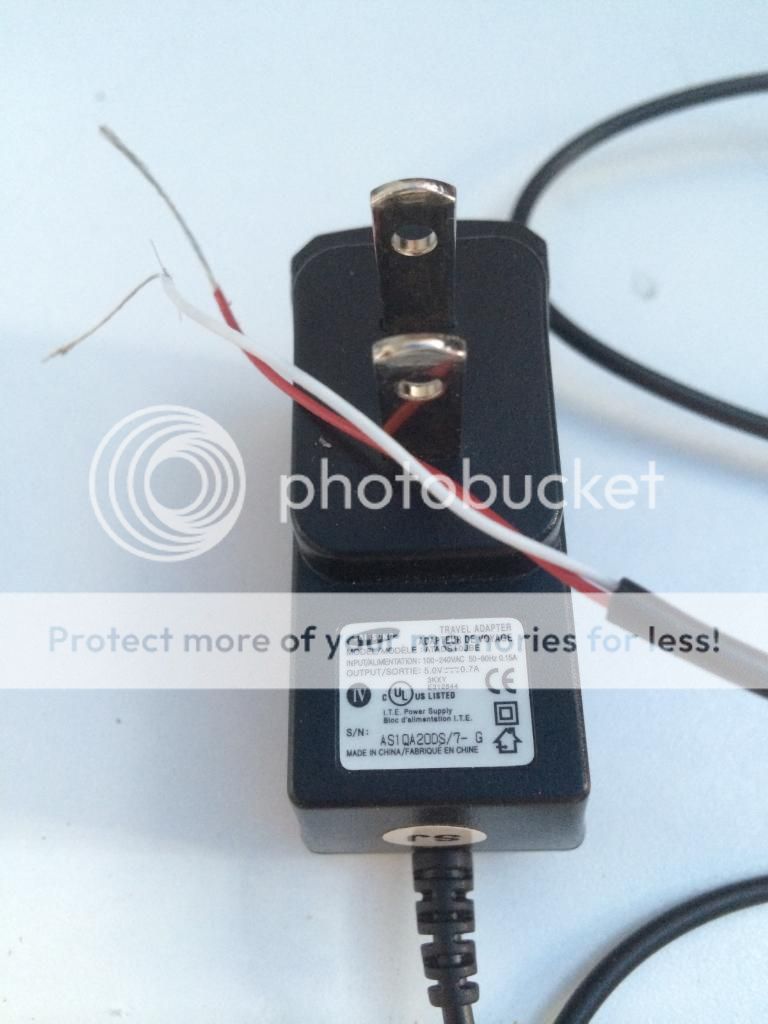
The exposed wires would then be taped (using electrical tape) to silver electrodes (pure .9999 silver wire), which would need to be kept apart (they can't touch), and spaced evenly/parallel in the water without touching the bottom or sides. A distance of 1-4" is best depending on your generators power.
You will also want to run an air pump with aquarium tubing and an airstone in the generator jar to keep the water moving around which will do these three things:
1. Prevent/slow down buildup that forms on the wires during the generating process.
2. Stir the solution to keep the silver particles from bunching up and agglomerating around the electrodes which will create larger particles, and possibly cause the solution to turn amber any time from when it is being made, to the next few days.
3. Allow for a creation of higher ppm Colloidal Silver (you only really need 15 but can use up to 40 if you want to spray less than 3x daily).
A store bought Colloidal Silver generator often looks like this:

And is run like this for 5-15 hours: (Note the air pump + air stone in the jar)
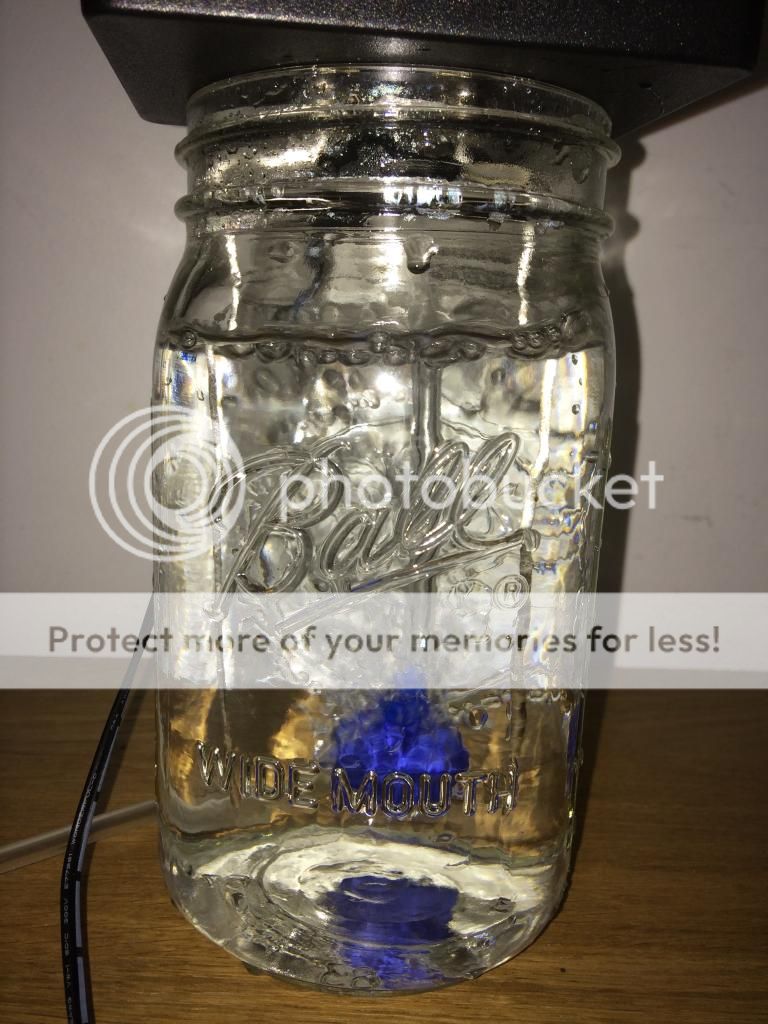
Throughout these hours, the wires will get discolored (esp the negative electrode which will turn blackish) and some buildup may collect on them as well (once again, the negative electrode is most drastically affected by this). Simply unplug your generator, remove it from the water, and wipe the electrodes clean. You can use a paper towel only, but it helps to have one of those green, non-metallic Scotch-Brite scrubbing pads (no chemicals added such as soap or anything). You should do this every 30-60 minutes or when you see buildup forming. The first few hours may only cause a rise in ppm of 1-2 if that, and little discoloration on the wires, but as time passes, and the ppm rises, the process speeds up exponentially. By the end, you may have to wipe your wires every 15-20min depending on your generators power level.
Once the ppm has reached the desired level (tested with a TDS meter), the generator is removed and the mixture is filtered through a 2 unbleached coffee filters, into another jar. This should filter out any larger silver particles that can and probably will form around the wires during the generating process, as well as any dust or anything else that may have found its way into the jar while the Colloidal Silver was being made. When you are done, you shouldn't see anything floating around in the mixture. It should look like pure water, except that a laser beam shows up when you shine it through.
What is a plant treated with Colloidal Silver supposed to look like:
It should look normal until a couple days after spraying, when you may see some unusual flower growth. After about 2-3 weeks, the plant will be growing almost exclusively pollen sacs, and should look just like a regular male with clusters of "balls" lacking many stray pistils.
The following plant was completely doused all over (including the tops and undersides of the leaves) 2-4x daily with homemade Colloidal Silver, and it wasn't burned in the least bit.
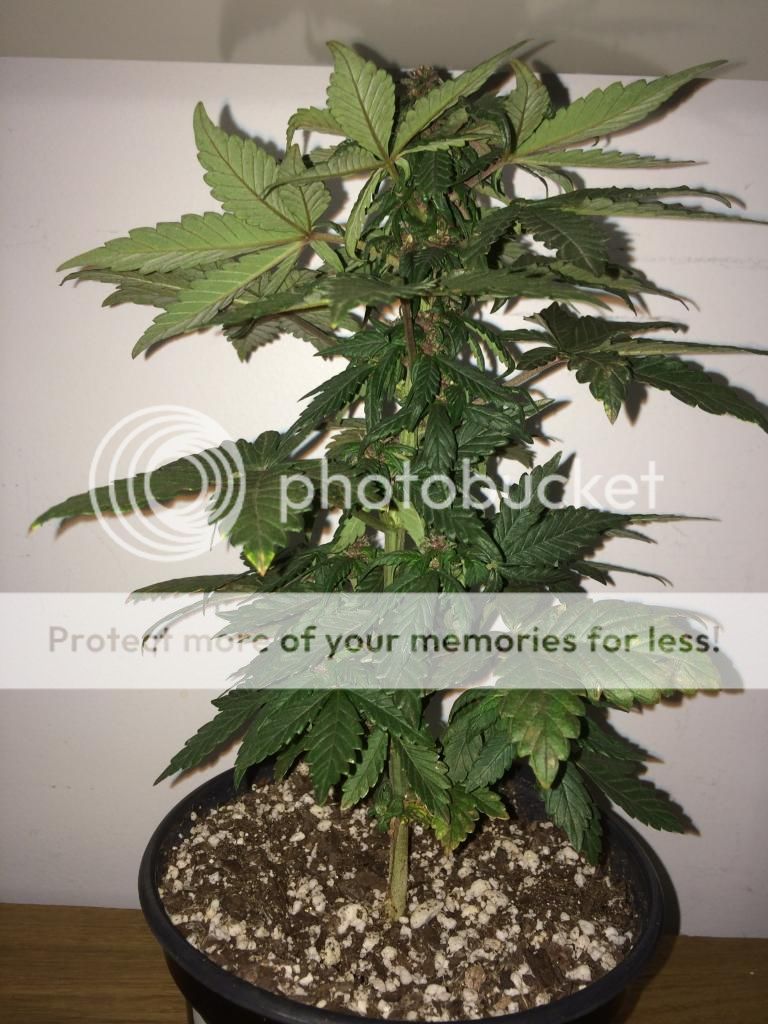
Pollen Sacs
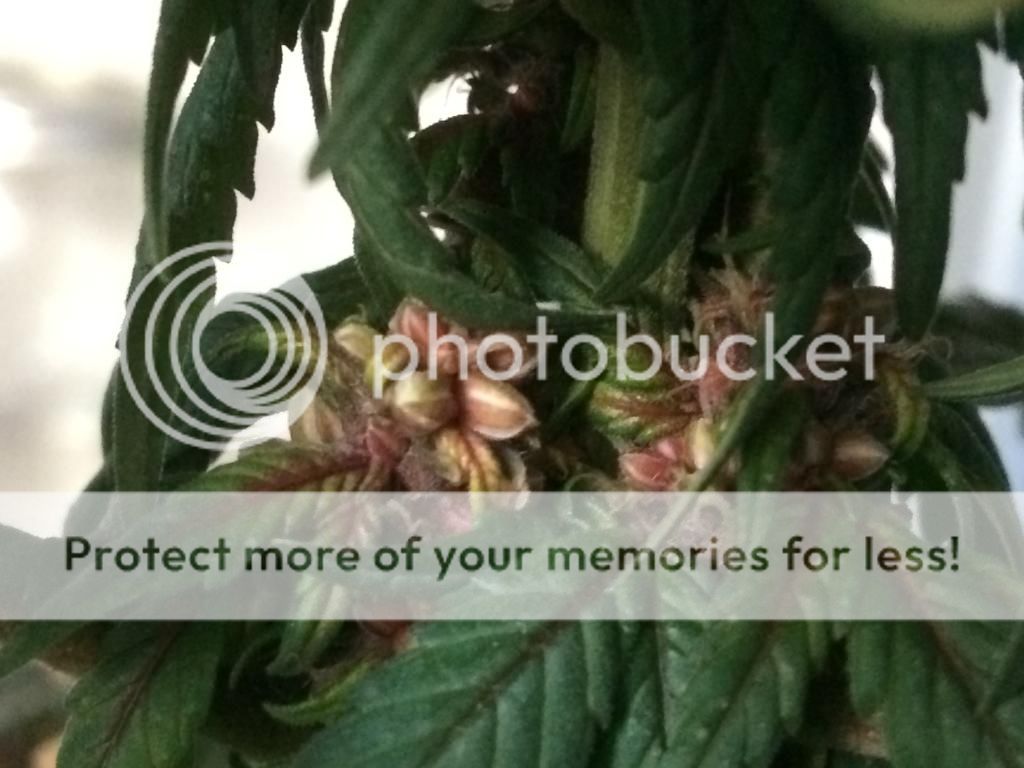
Q&A / Troubleshooting:
Q: When should I start spraying my plant?
A: If it is a photoperiod plant, start spraying a week before flipping the lights to 12/12 (or whatever flowering schedule you use). If it is an auto wait until you see pistils and then start spraying the day the first couple appear. Even if you bought the seeds as autofems, I still recommend waiting until you see the first couple pistils because there is always the chance that you were send seeds with males in them and you wouldn't have any way of knowing until you started popping males out of your "female seeds".
Q: Why is my Colloidal Silver amber/yellow/grey colored?
A: The silver particles are slightly larger than they would be in a clear solution. They can still work for cannabis reversal, but I don't recommend ingesting the stuff. Amber/yellow is the first color you should notice. As it begins to get darker, or greyer, that means the the particles are larger and larger. The plant above was reversed with only amber Colloidal Silver as a test and it worked fine.
Q: How do I fix that color problem?
A: Add an air pump and an air stone to your generator jar, and clean the wires more often (every 30min, or when you see buildup forming). Discoloration on the wires (esp the negative electrode turning dark) is fine and expected, but if you leave it for too long you will notice that more and more silver particles build up on the negative electrode and start breaking off and floating around your mixture causing it to be cloudy and lower quality.
Q: How long does Colloidal Silver last / How do I store it:
A: Colloidal Silver remains at the desired potency for at least a month.
It should be kept in glass (plastic can attract the silver particles and ruin the mixture), and in the dark.
Q: Can I only spray one part of the plant to force pollen sac to form there and only there?
A: Yes.
Q: Can I then take that pollen and pollinate pistils somewhere else on the same plant, or will that cause hermies?
A: Yes. properly made Colloidal Silver does not carry over into the pollen or the seeds created using it, nor does it cause unwanted changes in the plant, its DNA, its offspring (and their DNA), etc. If you used a low quality spray and ended up stressing the plant to the point that it "hermied", and then used that pollen, you would be inadvertently selecting for the low stress tolerance gene that allowed the reversal, but if you start with solid genetics, and a good quality spray, you should have nothing to worry about.*
*Here are actually some posts by members on here (who have experience using pollen from a plant to pollinate its own pistils). I asked around to get a few different perspectives and see if I was missing anything, but they all agreed. (If anyone posting below would like their quote removed, feel free to pm me.)
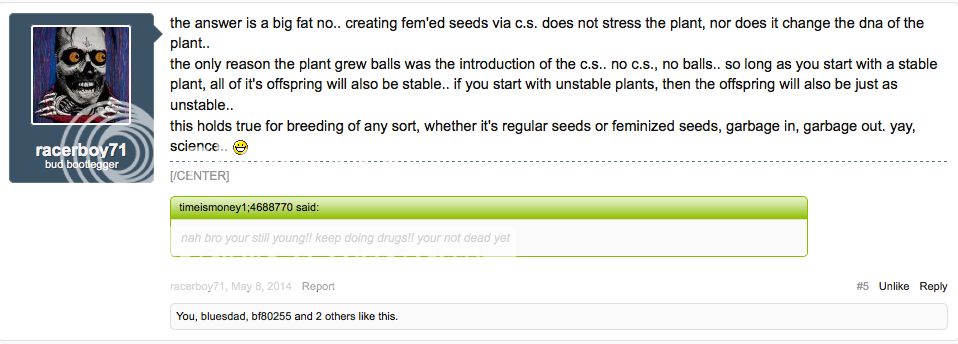



--------------------------------------------------------------------------------------------------------------------------------------------
*Disclaimer: This post in no way promotes the cultivation and/or breeding of cannabis illegally.
What ratio do you dilute the CS solution to distilled water to spray
I don't dilute it. I just make it until it is between 15-40ppm, stopping when a laser beam is clearly visible and solid, because PPM isn't the most accurate measure of CS effectiveness.What ratio do you dilute the CS solution to distilled water to spray
I’ve seen so many different acceptable PPM levels but the base line I’ve seen was 20. When mixing the solution how do you dilute it? I.e.: 5ml/1gal

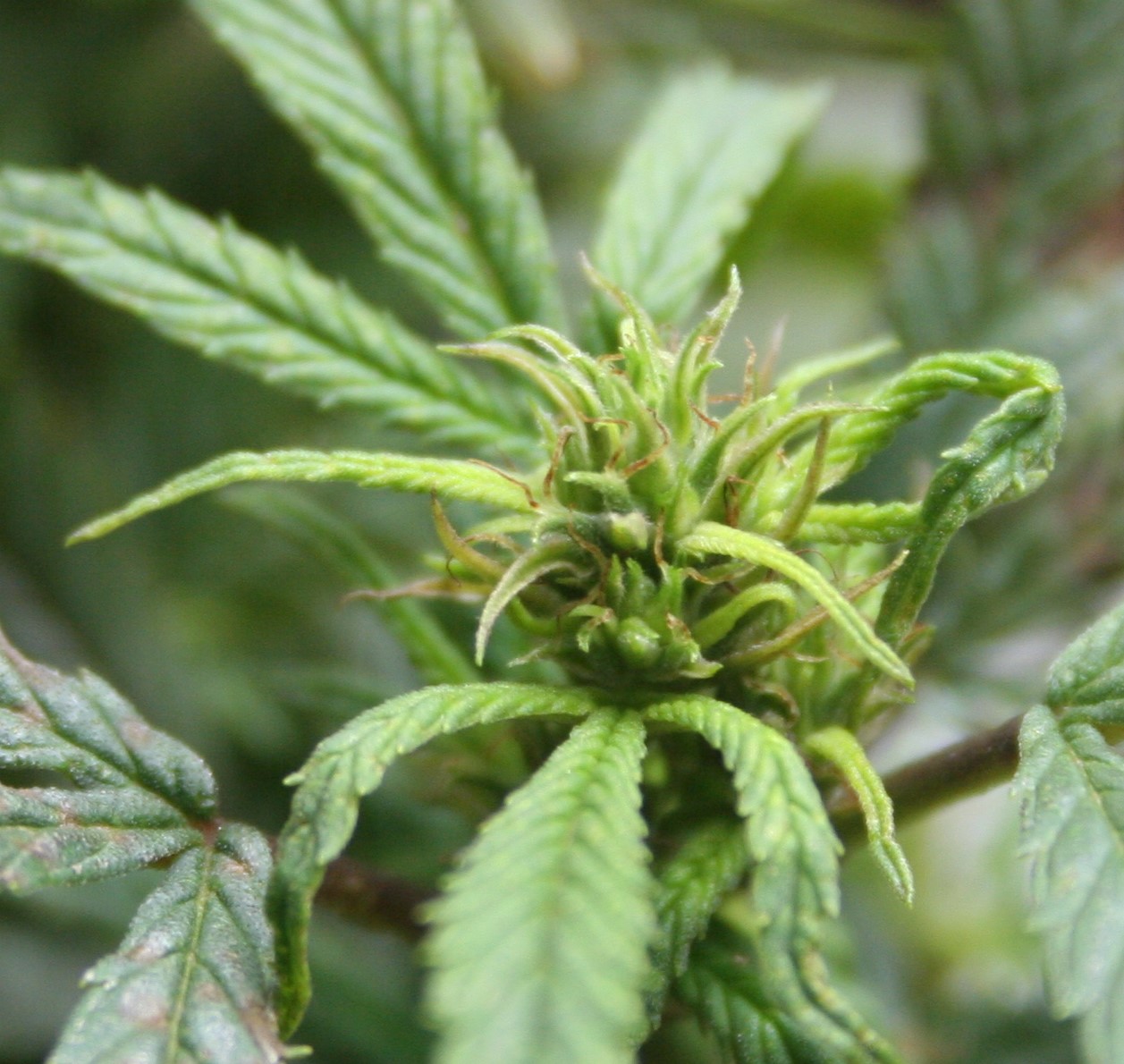

I was going to give them a rinse today, maybe a little sponge bath.Pretty sure once a day should be enough. My first try with STS didn't work but I started spraying them 3 weeks into flowering so I'll start at the flip to 12/12 next time.
Wouldn't hurt to rinse them off with plain water but not sure it'll make any difference.

That looks like it is in the process of flipping. I'd continue the spraying 1-2x a day. @x shouldn't hurt, if it's well made CS, vs storebought stuff that burns the plant.Hi guys, took a picture of one of the sites. Been spraying two to three times a day. Looks 'different', am I on the right tract? I did another bat at low voltage and it came out yellow and without silver sediment. I figure that is good, no idea if I should wash off the plants and apply the new batch instead.


Looking like a successful flip!Two of the plants were mostercropped and I have to thin them out rather than top them. They look like hell but there are bud sites all over. Or rather pollen sites. I take it the top ones will be ripe before the ones in the lower end. I have some windows outside I would have used to sit them on but they are frozen in place at the moment. Kicking myself I realized I have some dollar store silvered Mylar present wrapping rolls, not that it needs to be mirrored but in a couple of days I will set the plants on them in another room and let them do their thing in peace. As fare as where they are at the moment.

I have a THC strain in with the other plants, I decided to spray the bottom branch even though I should have started before today since flipping two days ago. But I have nothing to loose anyway, I don't think I will be doing much else with the plant.
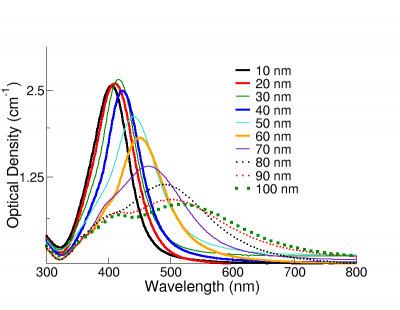


I have another vial of 30ppm, do you think it will work?Should all be the same, but when I got one that was really dark brown it did nothing. Silver particles too big to enter the cells maybe?
I have another vial of 30ppm, do you think it will work?
Colloidal silver is junk IMO. Best bet is to try making it fresh at home. My understanding is the shelf life of colloidal silver is very short and it can be difficult to know the concentration of a homemade prep. You may have better luck with STS or try Matt Riot's reversal solution. Good luck.

